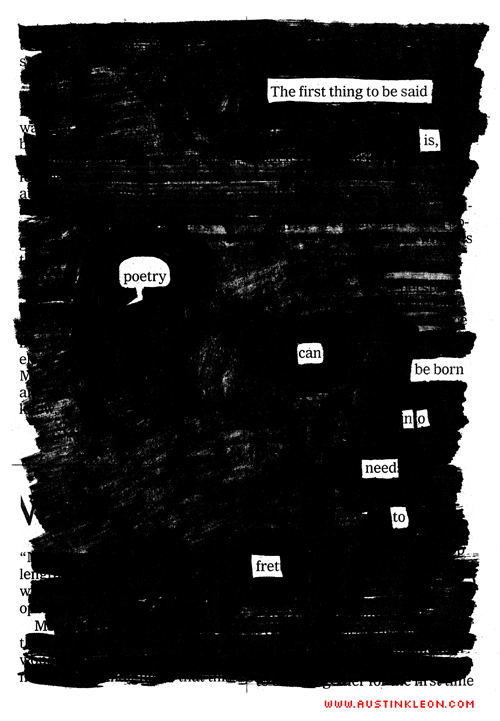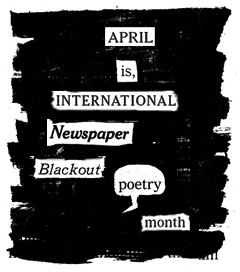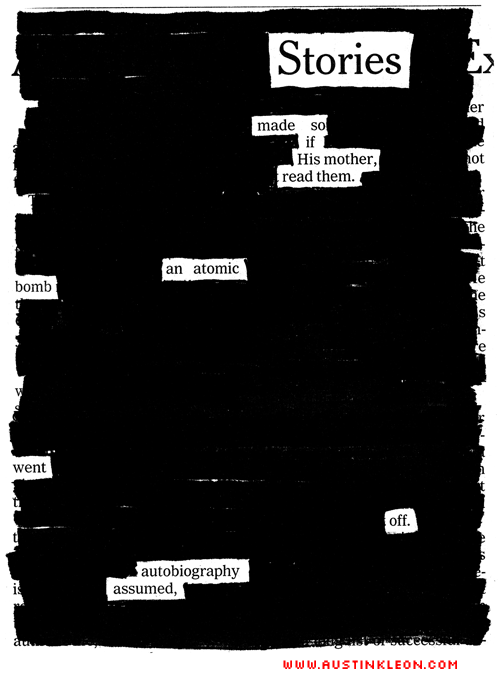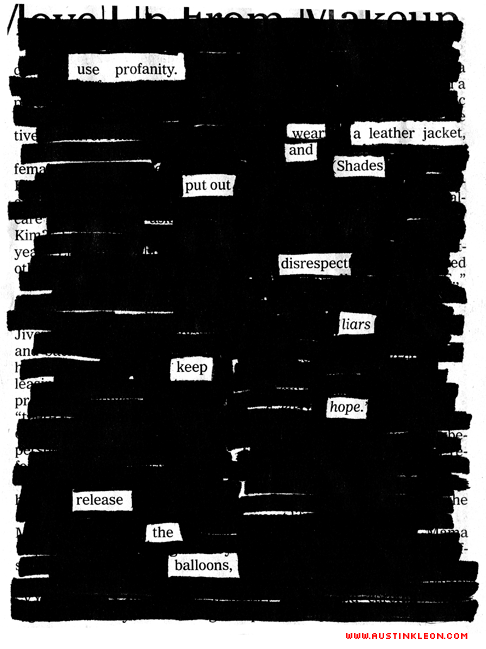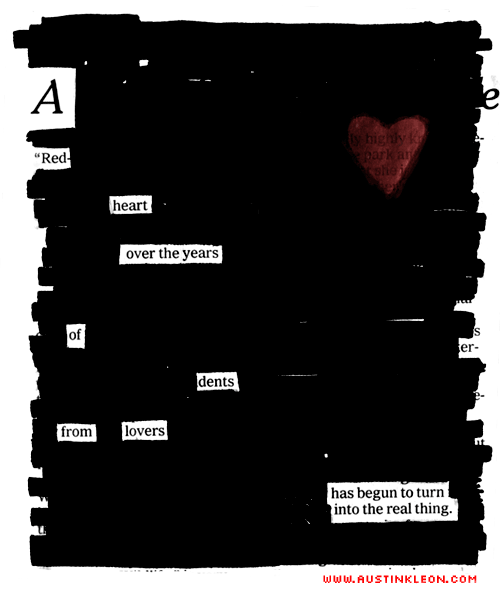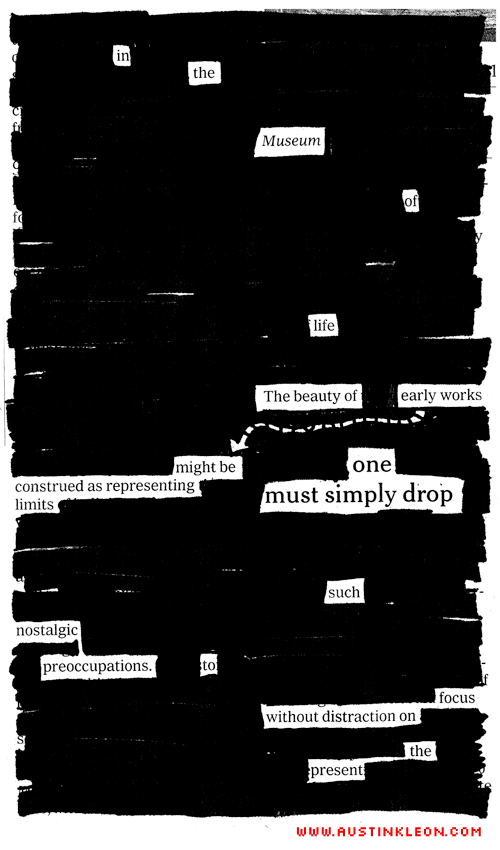
This is poem 2 out of 30 celebrating April as National Poetry Month (Inter)national Newspaper Blackout Poetry Month!
TODAY’S SHOUT-OUT! goes to Dimitri Antonissen: a writer in Belgium who’s had quite a bit of success doing Dutch blackout poems. Rock on, Dimitri.
